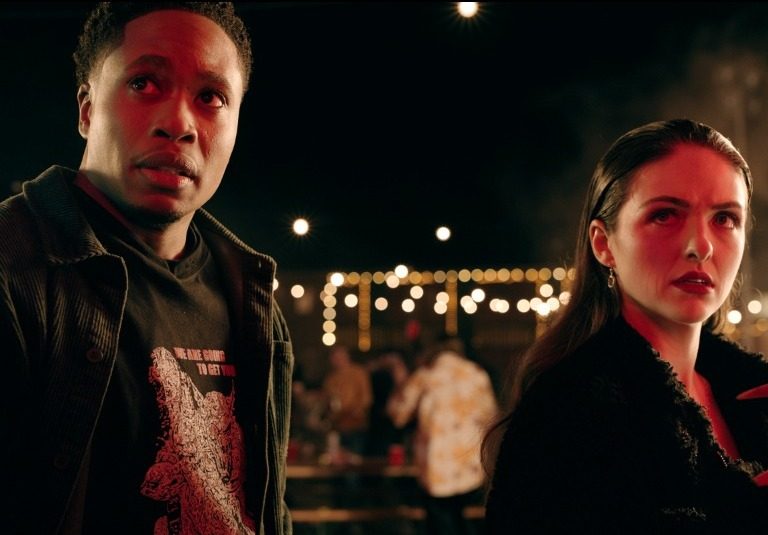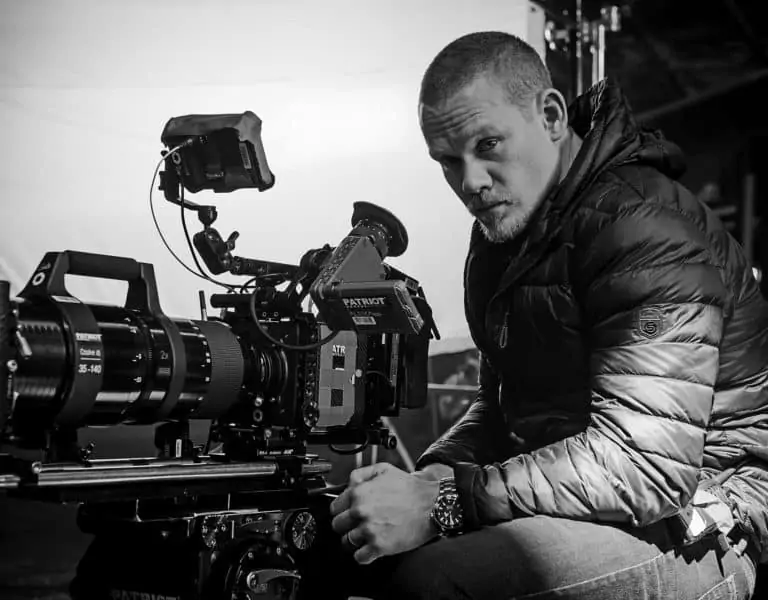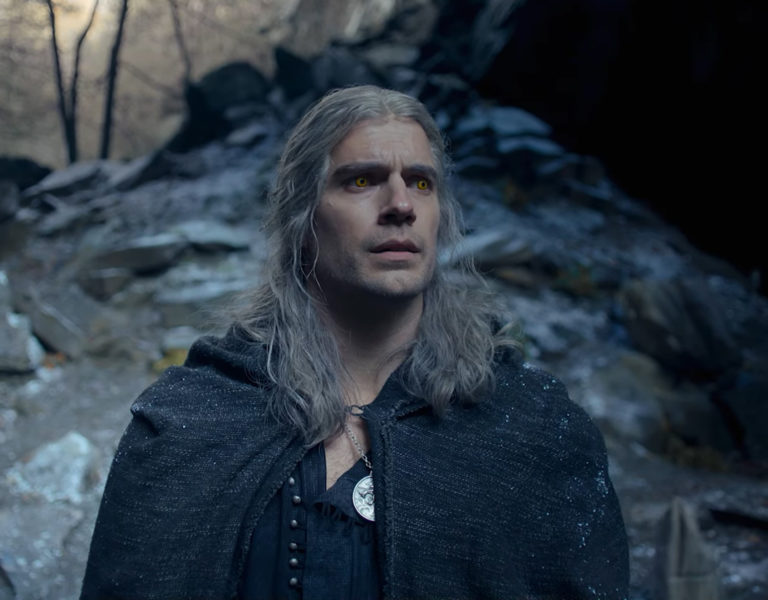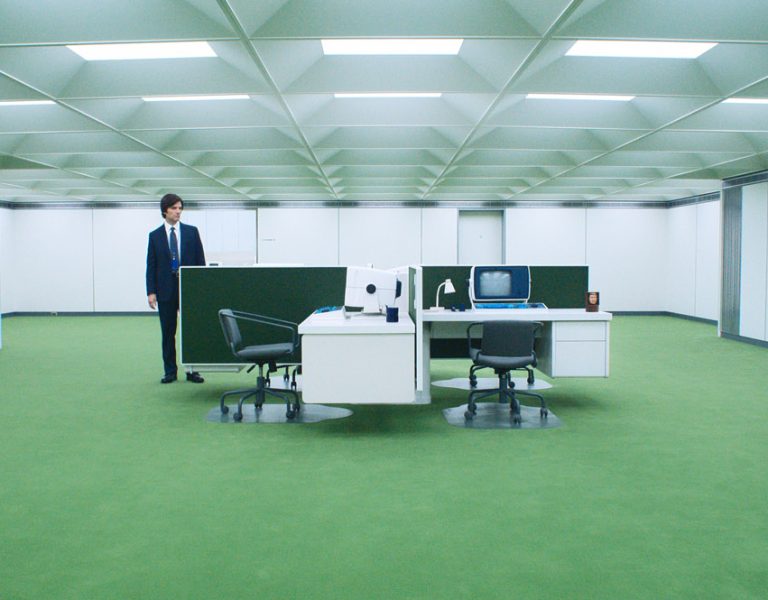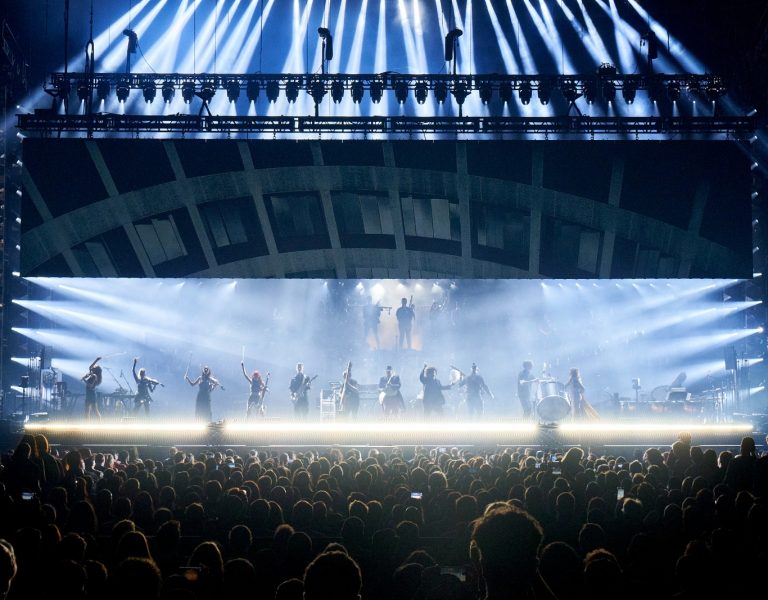Shooting fast and hitting hard
Cinematographer Simon Rowling reveals how he shot action and dialogue scenes in a limited timeframe for rip-roaring thriller One Ranger.
I have always been keen to work with Jesse Johnson for many years, having seen his work in the thriller/action genre. In February 2022 he got in touch with me about making One Ranger, an action film starring Thomas Jane as a Texan ranger who is brought over to the UK with the help of an MI6 agent (Dominic Tipper) to track down a rogue IRA terrorist (Dean Jagger) who is planning an attack. The film also features John Malkovich and Jess Liaudin.
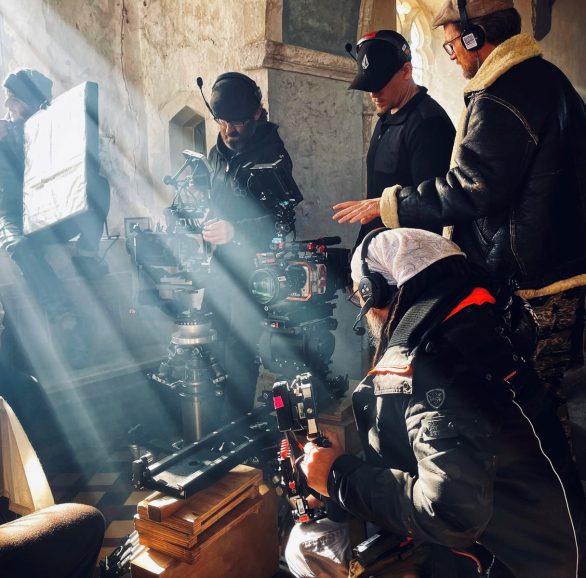
Having loved the script and the cast attached, and having not worked on an action film for a few years, I came on board and shot the UK part (80%) of the film in Suffolk. Having a limited timeframe to shoot with the cast, due to their availability, and the sheer amount of scenes and action to cover, I knew it was going to be a tough project to undertake, but aren’t they all!
We had two units on the go for most of the shoot, with our main unit consisting of a Red V-Raptor and Red Komodo, using Atlas Orion Anamorphics, and the second unit using another Red Komodo.
When it came to fight scenes, we took the approach of shooting the dialogue and larger moments with main unit, sometimes with our second unit camera also getting extra coverage alongside us. Second unit would often come in after we had shot a fight scene and mop up closeups and cutaways, and anything else that wasn’t onto our lead. We often left Thomas Jane’s stunt double with second unit for any over-the-shoulder work for fight scenes, so they could get as much footage as possible of a fight.
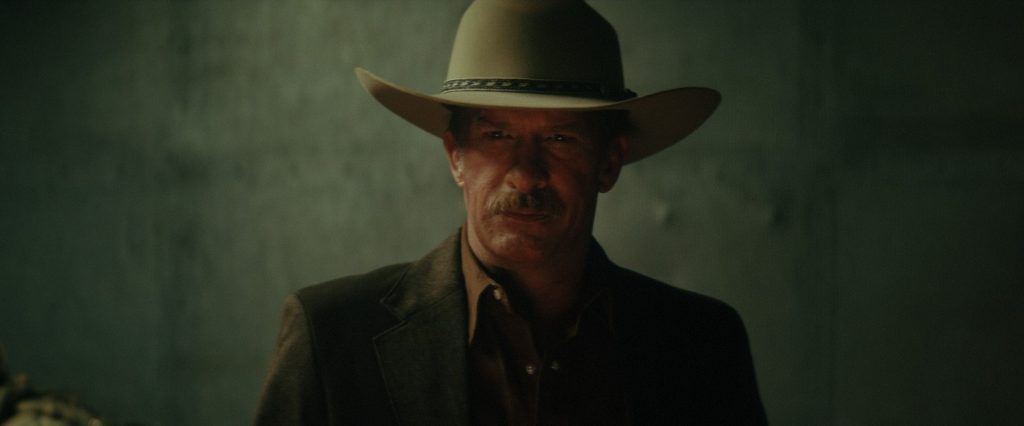
Combining multiple shots into one long movement was a great way of achieving coverage and geography in a room. Even if it was cut up in the edit, it meant we saved time with different setups. So, a wide that transitions into a mid and then back out to a wide, for example, could work well.
We stuck to fluid smooth movements for dialogue scenes using a Steadicam or dolly jib on track, and then to give energy and friction to the action scenes we went handheld. Often when filming action and the punches or kicks aren’t selling, I like to give the camera a little jolt, and more often than not, it sells the hits even more. Luckily for us, Jess and Thomas were veterans at this kind of thing and were brilliant in front of camera for all our action scenes.
Filming shoot-outs or fight scenes is like a dance, and learning the moves and the choreography can really help. I find the more you can move with the motion of the action, the more in sync and nicer it can look, rather than being wide and not moving the camera much or too close and just wobbling around the frame.
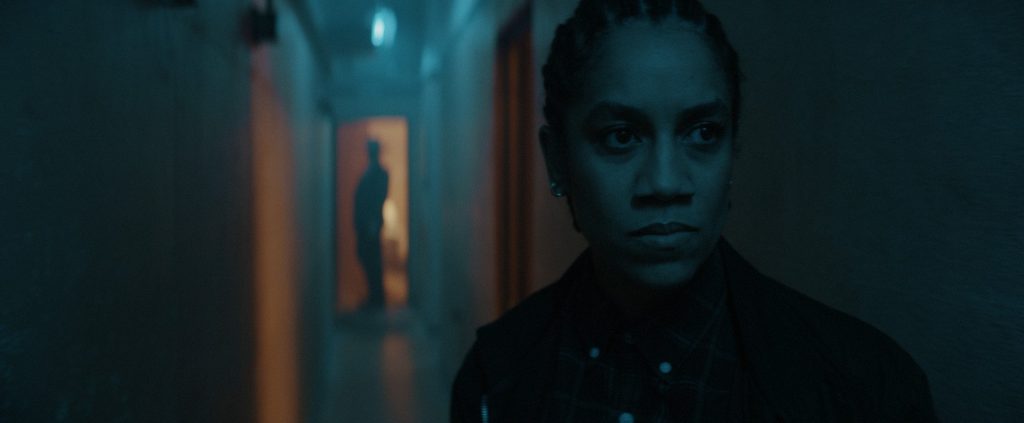
Being tight for time meant lighting had to be left behind for pickups by second unit but also meant me having to pre-light ahead, for us to be ready to move onto the next location and keep shooting in the same day. Luckily, for a good part of the film, all of our locations were all within a small radius of each other on an air base in Suffolk, so it was almost like shooting at a studio and being able to bounce between them all. It often meant we could pre-light and discuss our shot list each lunch time, between scenes.
For speed we also utilised the natural sunlight but augmenting that with our own lights, as we couldn’t fight the sun for full control. So, adding a 4K or 6k HMI as a key light or backlight, along with haze to lift the shadows and bounce boards, it all helped balance the exposure in a room. This worked well in a particular church scene where the sun shone through the windows and hit the background.
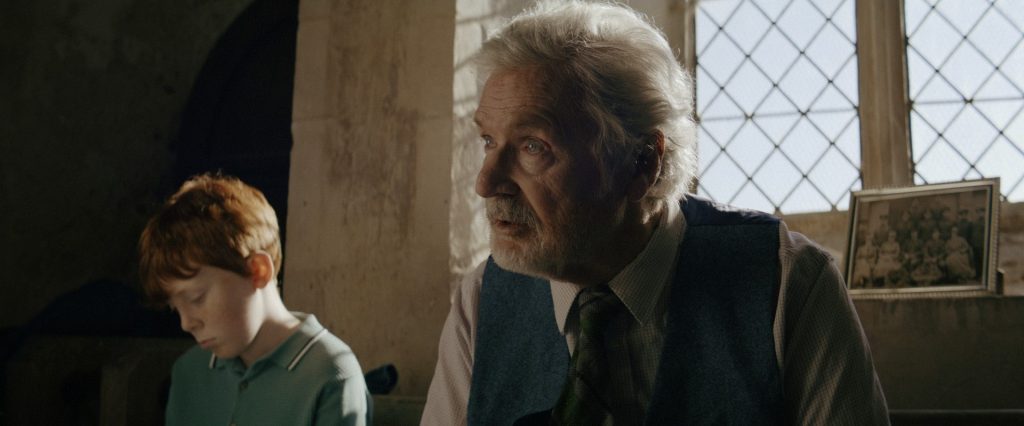
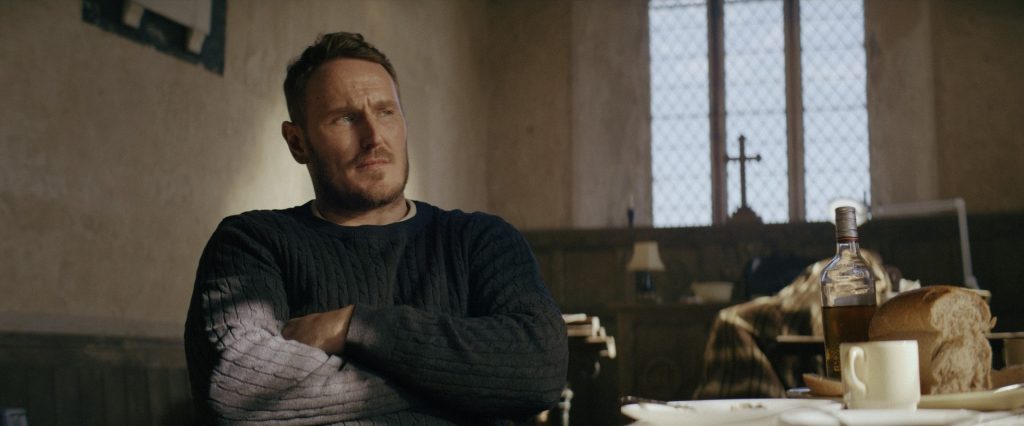
Lack of daylight hours (shooting in winter) meant shooting into the night. So, we shot our wider angles first, then got into the tighter shots as we went. Blowing the exposure of the windows, by using net curtains or similar fabrics over them, meant that we couldn’t see outside and helped keep the illusion of daylight. Also, shooting into a corner and away from windows is often helpful towards the end of the day and something we had to do on the larger locations with multiple windows.
In terms of lighting action scenes, I always plan on integrating the lighting into any set as much as possible, this allows for a more 360 degree shooting environment and helps speed up the coverage.
To achieve this I usually like to use a soft top light as a starting point. For this film I used a lot of the Astera Titan Tubes overhead for general control over the levels in the room – attaching them to existing fittings. We allowed them to act as practicals, so seeing them in shot wasn’t a problem. Using the Astera tubes also allowed me to dial in the right colour tone for each scene.
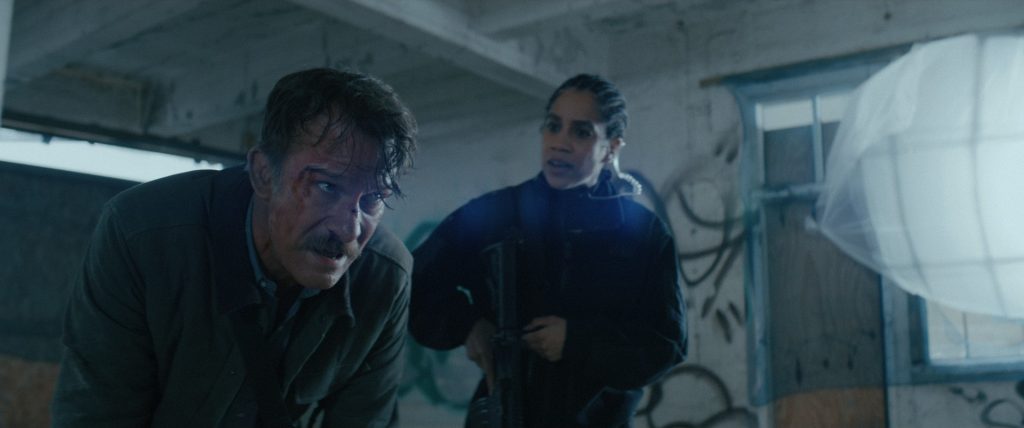
Using a hard light source through a smaller window as your main source of light can be unhelpful when shooting action as you are constantly moving around a room in all directions and it will tie you into using that window. It’s better to have soft light around them that’s not too directional (I go with a soft top light) and a source inside the room that you can move around with you, on a shot-by-shot basis, using the window lights as accents and features rather than a key light.
In all, action films aren’t really too dissimilar from dialogue scenes, it just helps if the set is lit in a way that it is easier for the action to be shot quickly and efficiently, from as many angles as possible.
Special thanks to director Jesse Johnson and the key camera crew in the UK: Steadicam & B-camera operator Rupert Peddle, C-camera/ 2nd Unit Rob Polgar, 1st AC Hermes Contreras and Gaffer Jamie Hitchens. As well as our US team, DP John Hall and colour grader Asa Fox.
One Ranger will be released in cinemas on 5 May in the US via Lionsgate and a later date in the UK.







